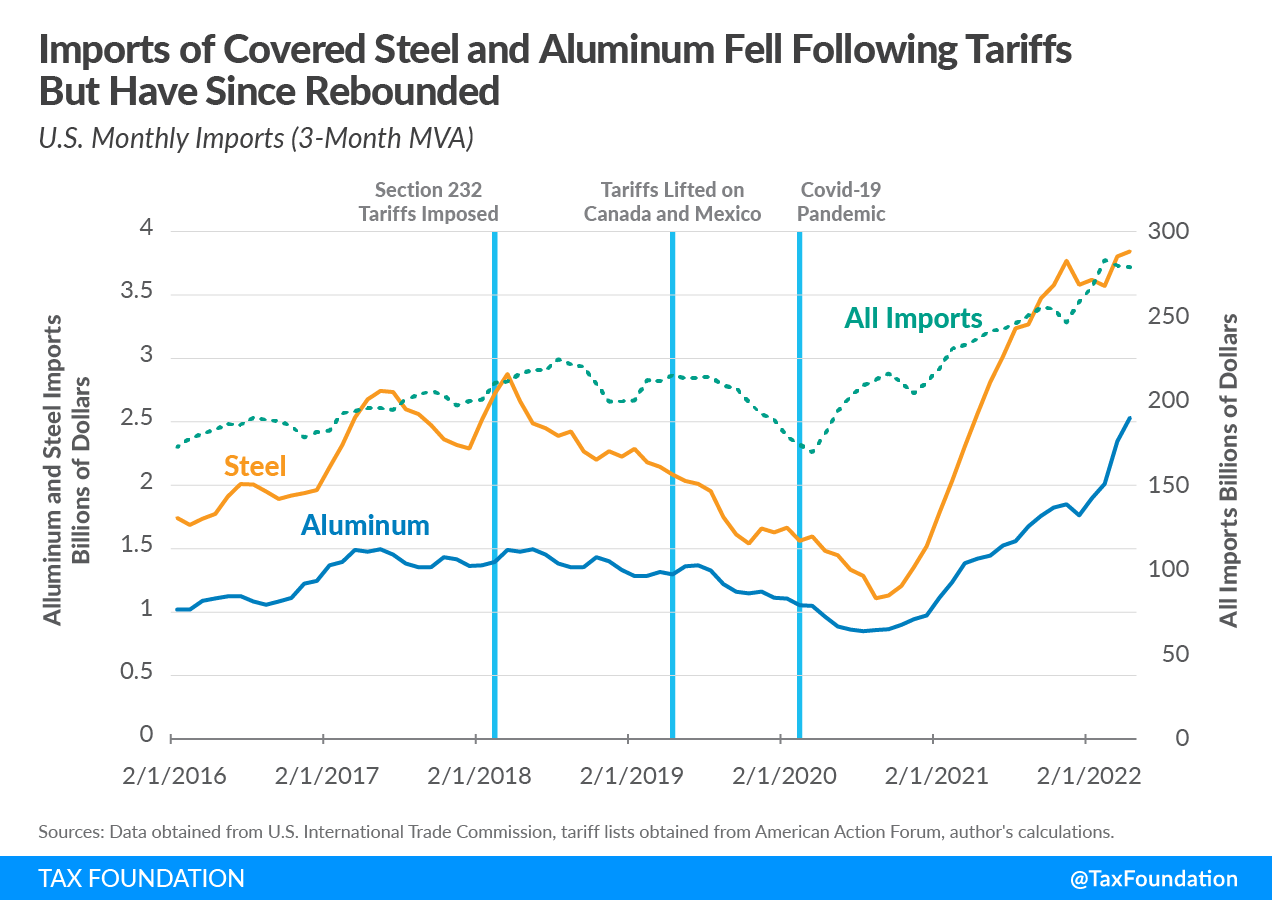The China Factor: Assessing The Risks For Premium Auto Brands

Table of Contents
Intense Competition and Market Saturation
The Chinese automotive market is undergoing a dramatic transformation. Domestic brands are rapidly gaining market share, particularly in the premium segment, posing a serious threat to established international players. This intense competition is characterized by price wars, aggressive marketing campaigns, and a shift in consumer preferences towards domestically produced vehicles.
- Examples of successful Chinese premium brands: Brands like Nio, Xpeng, and Li Auto are making significant inroads, leveraging advanced technology and appealing designs to attract Chinese consumers. Their market share gains are directly impacting the profitability of established international players.
- Price wars and promotional activities: The competitive landscape is forcing premium auto brands to engage in price wars and offer substantial discounts, impacting profit margins. This necessitates a reassessment of pricing strategies and a focus on delivering unique value propositions.
- Shift in consumer preferences: A growing number of Chinese consumers are increasingly favoring domestic brands due to factors such as patriotism, technological innovation, and competitive pricing. Understanding this shift is crucial for premium auto brands to retain their market share.
Navigating Regulatory Hurdles and Government Policies
Navigating the regulatory landscape in China is a significant challenge for premium auto brands. Complex regulations regarding import tariffs, stringent emissions standards (including NEV credits), and rigorous safety regulations create significant hurdles. Furthermore, government policies often favor domestic brands through subsidies and preferential treatment.
- Specific regulations posing challenges: Import tariffs can significantly increase the cost of imported vehicles, impacting their price competitiveness. Meeting increasingly stringent emissions standards requires substantial investment in research and development.
- Impact of government subsidies for domestic brands: Government subsidies for electric vehicles and other incentives for domestic automakers create an uneven playing field for international premium brands.
- Bureaucratic processes and potential delays: Navigating the bureaucratic processes involved in obtaining necessary permits and approvals can be time-consuming and complex, leading to delays in market entry and product launches.
Supply Chain Disruptions and Geopolitical Instability
The global supply chain for automotive parts is vulnerable to geopolitical tensions and potential disruptions. Trade wars, sanctions, and unforeseen events can significantly impact the production and delivery of crucial components, directly affecting premium auto brands operating in China.
- Impact of trade wars and sanctions: Trade disputes and sanctions can disrupt the flow of essential raw materials and components, leading to production delays and increased costs.
- Disruptions to logistics and transportation: Geopolitical instability can lead to disruptions in logistics and transportation networks, further exacerbating supply chain challenges.
- Strategies for mitigating supply chain risks: Premium auto brands need to diversify their supply chains, establish strategic partnerships with local suppliers, and implement robust risk management strategies to mitigate potential disruptions.
Understanding the Unique Chinese Consumer
The Chinese luxury car consumer is unique. Their purchasing decisions are influenced by factors beyond price, including social status, brand prestige, and technological advancements. Understanding these nuances is essential for effective marketing and sales strategies.
- Importance of digital marketing and social media engagement: Digital marketing and social media platforms play a crucial role in reaching and engaging Chinese consumers. A strong online presence is critical for success.
- Impact of social status and prestige: Luxury car purchases in China are often associated with social status and prestige. Branding and marketing strategies need to reflect this.
- Growing preference for electric and hybrid vehicles: The Chinese government's push for electric vehicles (EVs) and growing consumer awareness of environmental issues are driving a strong preference for electric and hybrid vehicles.
Intellectual Property Protection and Counterfeiting
Intellectual property theft and counterfeiting pose a significant risk to premium auto brands in China. Counterfeit parts and accessories not only damage brand reputation but also compromise safety and performance.
- Examples of successful counterfeiting operations: Numerous cases of successful counterfeiting operations highlight the vulnerability of premium brands to intellectual property theft.
- Legal strategies to protect intellectual property: Premium auto brands need to invest in robust legal strategies to protect their intellectual property rights, including patents, trademarks, and designs.
- Effectiveness of current legal frameworks: While legal frameworks exist to protect intellectual property, their enforcement remains a challenge. Proactive measures are essential.
Conclusion
"The China Factor" presents a complex interplay of opportunities and challenges for premium auto brands. The key risks identified – intense competition, regulatory hurdles, supply chain disruptions, understanding the unique Chinese consumer, and intellectual property protection – require a comprehensive strategy for mitigation. Thorough market research, strategic partnerships with local players, robust risk management, and a deep understanding of Chinese consumer preferences are crucial for navigating this dynamic market. To succeed in this lucrative but challenging market, a well-defined plan to address The China Factor is essential for sustainable growth. Access further resources on navigating the Chinese automotive market [link to relevant report/article] to build your strategy and ensure long-term success. Don't underestimate The China Factor – prepare for it and thrive.

Featured Posts
-
 Nices Ambitious Olympic Swimming Pool Plan A New Aquatic Centre
May 21, 2025
Nices Ambitious Olympic Swimming Pool Plan A New Aquatic Centre
May 21, 2025 -
 The Gretzky Loyalty Debate Examining The Impact Of Trumps Tariffs And Statehood Comments On Canada
May 21, 2025
The Gretzky Loyalty Debate Examining The Impact Of Trumps Tariffs And Statehood Comments On Canada
May 21, 2025 -
 Tory Wifes Jail Sentence Confirmed After Southport Migrant Remarks
May 21, 2025
Tory Wifes Jail Sentence Confirmed After Southport Migrant Remarks
May 21, 2025 -
 Bribery Prosecution Of Four Star Admiral Uncovering Deep Rooted Navy Cultural Issues
May 21, 2025
Bribery Prosecution Of Four Star Admiral Uncovering Deep Rooted Navy Cultural Issues
May 21, 2025 -
 The Goldbergs Enduring Appeal Why We Still Love This Family Sitcom
May 21, 2025
The Goldbergs Enduring Appeal Why We Still Love This Family Sitcom
May 21, 2025
